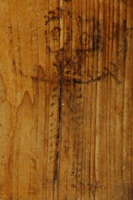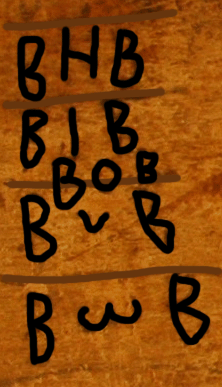
 |
|
 |
| Home |
| Background |
| Curriculum |
| The Schoolhouse |
| Teachers & Students |
| Apprenticeships |
| Artifacts |
| The Gymnasium |
| UM Papyrology Home |
| References |
| Credits |

The subjects that students would pursue included reading and writing, arithmetic, and the sciences. Reading and writing were of course the primary skills parents hoped their children would attain. Thus we have more evidence of literary school exercises than of math or science exercises. Follow the links below to see examples of school exercises preserved on papyrus, wood, and terracotta. |
|
Reading
& Writing |
|
 |
Reading and writing were the primary
skills that parents wished for their children to learn at school.
Students would learn by practicing their alphabet and by using syllabaries.
Later students would begin learning simple words and short poems,
eventually graduating to more complex epic poetry and prose like the
Iliad or rhetorical speeches. Let's see some examples! |
Math |
|
 |
Mathematics were also an important discipline
in the ancient world. In order to participate in the local economy
as an adult, students would have to be well versed in arithmetic so
that they could count, add, subtract, and divide volumes of wheat
(artabai) and acres of land (arourai). A knowledge of mathematics
was also important when handling currency. More advanced students
of mathematics might apply their knowledge to engineering (used in
the building of canals important to agricultural practices in Graeco-Roman
Egypt) and architectural endeavors. On to the texts! |
Science |
|
 |
Not much evidence of the sciences as a school
subject remains to us. Textbook-like treatises on astrology like that
at left are the closest approximation, though they do not stand as
evidence that such subjects were taught at the lower levels. The sciences
were not particularly well developed in this period. Knowledge of
the most important science, agricultural science, was passed from
parent to child in the fields. Check it out! |